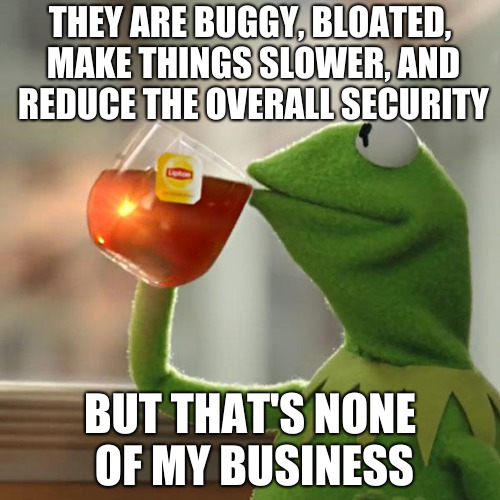Book Review: Infrastructure as Code
As part of my 2018 projects, I committed to reading and reviewing more technical books this year. As part of that effort, I recently finished reading Infrastructure as Code, authored by Kief Morris and published in September 2015 by O’Reilly (more details here). Infrastructure as code is very relevant to my current job function and is an area of great personal interest, and I’d been half-heartedly working my way through the book for some time. Now that I’ve completed it, here are my thoughts.
Overall, Morris does a great job of crisply defining infrastructure as code (a somewhat vague and amorphous term at times) and outlining the key principles that are involved. Morris also does a really good job of staying high-level as he works through the various aspects of infrastructure as code and discusses some of the considerations, patterns (and anti-patterns), and recommended practices in each aspect.
The book’s high-level focus is, however, both its greatest strength as well as its greatest weakness. Because infrastructure as code can be implemented in a variety of ways with a variety of tools, the book must necessarily be high-level and somewhat abstract. As I mentioned, Morris does a really Continue reading


 AT&T executives tout the company’s 5G fixed wireless trial results but cast doubt on the cost effectiveness of deploying the technology. Is the company just protecting its DirecTV business?
AT&T executives tout the company’s 5G fixed wireless trial results but cast doubt on the cost effectiveness of deploying the technology. Is the company just protecting its DirecTV business?  Organizations are packing 50 percent more running containers per host, with a vast majority running less than one hour.
Organizations are packing 50 percent more running containers per host, with a vast majority running less than one hour. Recent updates ahead of its official launch included a product to help organizations deal with the EU's recently implemented GDPR rules.
Recent updates ahead of its official launch included a product to help organizations deal with the EU's recently implemented GDPR rules. Compton’s job will be to orchestrate across a hodge podge of clouds and internal business units. And he’ll need to inspire the sales force to sell cloud technology, too.
Compton’s job will be to orchestrate across a hodge podge of clouds and internal business units. And he’ll need to inspire the sales force to sell cloud technology, too. As a hosting provider, Jaguar Networks has a higher risk of DDoS attacks because it aggregates its customers' risks in a shared infrastructure.
As a hosting provider, Jaguar Networks has a higher risk of DDoS attacks because it aggregates its customers' risks in a shared infrastructure.